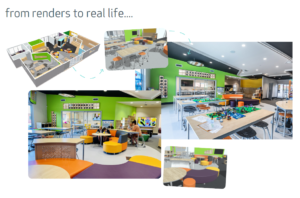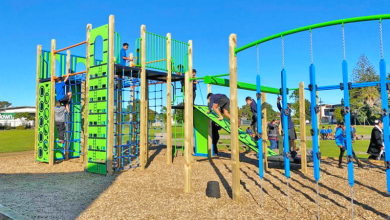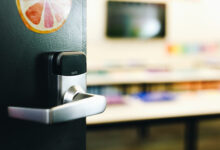Key drivers for STEM space design
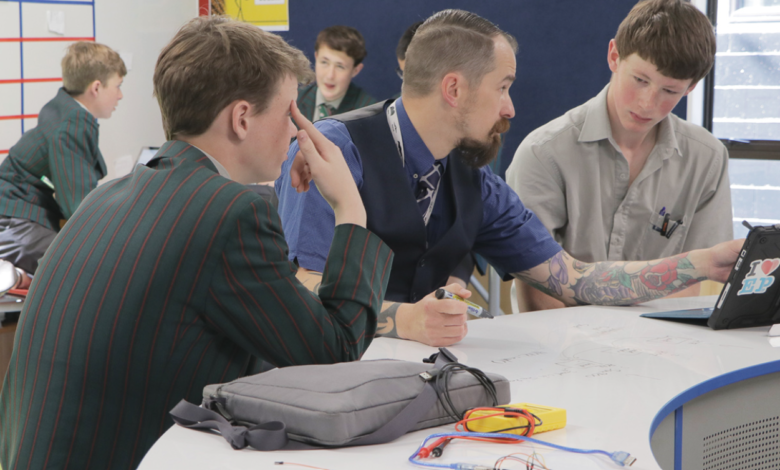
Wonder, investigate, problem solve! Schools explore how core principles of STEM-based learning now extend beyond programme pedagogy and into physical learning environments…
School curricula now widely incorporates STEM-based learning, affecting our youngest learners all the way through to our young adults. While this shift has generated countless positive experiences for teachers and students alike, it involves an ever-evolving education landscape that presents big challenges for schools. Learning environments must adapt to changing student demographics, teaching techniques, and technology requirements but things can change year-to-year. So, how do schools navigate STEM trends?
Challenges schools expect when implementing a STEM makerspace and programme:
• Need to develop clearer understanding of how STEM differs from current practice. Translate your school’s values, pedagogy, and ideals into practical solutions.
• Need to know where and how to start. Ask, ‘what is a STEM space?’ and what might it offer your school.
• Need a space. Locate somewhere at your school suitable for STEM activities – consider that many schools don’t have the luxury of a dedicated STEM studio.
• Need to budget. What are your school’s funding options? While some schools may have 3D printers, laser
cutters, drones, robots, and television studios, budgets are always finite, and few schools have access to the
ultimate STEM kit list.
• Need to avoid pitfalls. How can you learn from the false starts of early adopters? A successful STEM programme
goes beyond installing the latest 3D printer or purchasing the latest robotics. Learning spaces developed for STEM-related activities should not only be informed by sound research but also in partnership with learning space consultants so they can meet the diverse and variable needs of learners.
This article features in our latest Term 1 print issue, read it online here: https://www.schoolnews.co.nz/latest-print-issue/
The following two schools used Furnware’s expertise to transform their existing learning spaces into STEM centres. Both principals share how they feel their STEM design success transformed student engagement and learning.
How are New Zealand schools creating STEM spaces?
Rathkeale College in Masterton is a prestigious school with traditional values and high-performing students. As school design trends transitioned from modern, to innovative, to responsive learning environments, Principal Martin O’Grady sharply pre-empted a need for learning spaces supporting BYOD and STEM.
Rathkeale was extremely fortunate to have a classroom allocated for a dedicated makerspace, expertly overseen by STEM education specialist, Lee Macri. Classroom activities involve making robots and 3D printing rockets, as well as real-life applications of electronic equipment. The furniture is constantly being moved around, and students at Rathkeale can have an interactive and immersive experience with endless opportunities in their STEM space.
Principal O’Grady notes: “The sort of things that come to mind when you wander through the makerspace are things like engaged, and quiet, and purposeful – and it’s comfortable.”
How are Australian schools creating STEM spaces?
Devonport Christian School in Tasmania transformed an empty classroom used for after-school STEM activities into the dedicated, creative hub of its new STEM centre. Devonport’s innovative programme is filled with imagination and possibility for students of all ages.
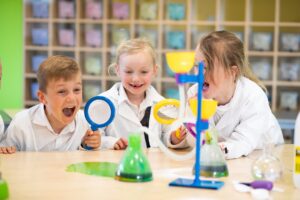
The centre boasts open collaborative spaces, plus dedicated green screen areas for filmmaking, LEGO building and presentation rooms. Principal Chad Smith prioritised the need for purpose-built spaces to facilitate his school’s STEM programme.
“We started to get more specific with the design because one of the ways schools can go wrong is by having too many flexi spaces and not specifically built spaces.”
Another priority for Devonport was integrating tech equipment it had purchased in previous years, while using furniture and space to design something awe-inspiring for students. “It has to have fun, has to be fun, has to live fun, it has to speak fun, and so we threw in bright colours.”
